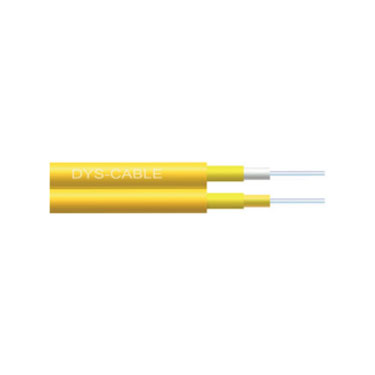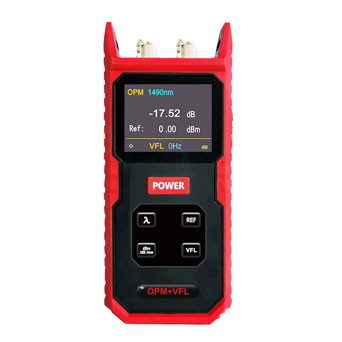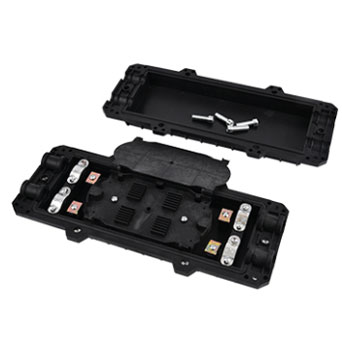Attenuators are mainly used in characteristic testing and other tests of fiber optic communication systems, and are devices that have a certain amount of attenuation on optical power. According to whether the attenuation changes, it can be divided into fixed optical attenuators and variable attenuators. The attenuator operates on the basic principle of depositing a film with a small change in transmittance coefficient (or reflection coefficient) on a glass substrate, causing a portion of the light power passing through the coated glass plate to be absorbed by the film material, and the light intensity is attenuated. The metal film can be a compound material such as nickel-chromium, and the attenuation of light is controlled by the thickness of the film.
Construction of ST Attenuators
Attenuators are mainly composed of resistive materials. The most familiar resistor is actually a basic form of attenuator, while the complex form of attenuator is also composed of a resistive attenuator network. The attenuators commonly used are generally used to attenuate signals in a certain frequency range. How is this achieved? It can be achieved by placing this resistive material in the RF or microwave circuit structure of the corresponding frequency band by a special process.
Classification of ST Attenuators According to Function
Attenuators are classified according to function, mainly fixed optical attenuators and variable attenuators, and variable attenuators are further divided into manual step attenuators and programmable attenuators.
Fixed optical attenuators are divided into laminated, coaxial, and waveguide attenuators, also known as lumped parameter attenuators (whose size is less than 1/10 of the working wavelength). In 1952, the first commercial fixed coaxial attenuator was designed and manufactured. In testing and measurement, the coaxial lumped parameter attenuator is one of the most widely used RF devices. There are two indicators that testing engineers must consider, namely the operating frequency range and power capacity. The power of commonly used commercial fixed coaxial attenuators starts from 0.5W and can reach a maximum of 4 KW, while the highest frequency can be as high as 67GHz. The cooling methods of fixed optical attenuators are natural cooling, oil cooling, and forced air cooling. Variable Optical Attenuator (VOA) is an important optical passive device in optical fiber communication, which controls the signal in real-time by attenuating the transmitted optical power.
ST Attenuators Have the Following Basic Uses
1. Control power level: control the local oscillator output power in microwave superheterodyne receiver to obtain the best noise factor and variable frequency loss, and achieve the best reception effect. In microwave receivers, automatic gain control is realized to improve the dynamic range.
2. Coupling component: as a decoupling component between the oscillator and the load.
3. Relative standard: used as a relative standard for comparing power levels.
4. Used in jump attenuators in radar anti-jamming: it is a variable attenuator with a sudden change in attenuation, which does not introduce attenuation under normal circumstances but suddenly increases attenuation when encountering external interference.
From the perspective of microwave networks, the attenuator is a two-port lossy microwave network, and it belongs to the through-type microwave element.

 EN
EN



